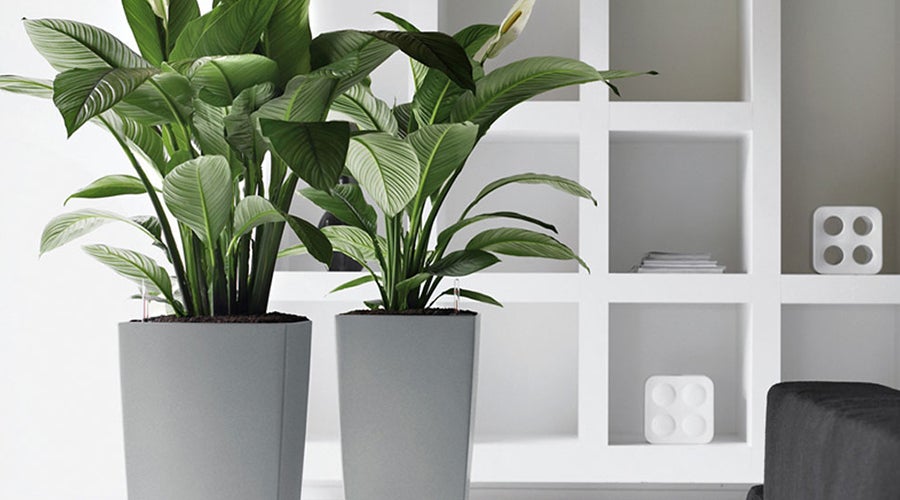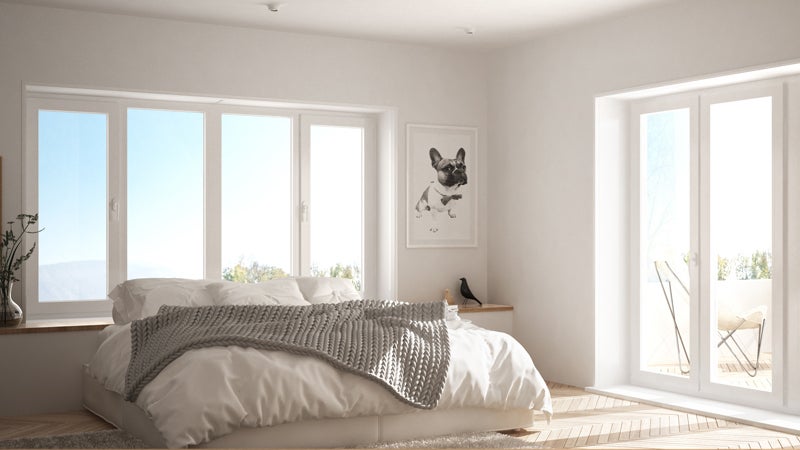
You spend a lot more time inside your home during the cold weather. Did you know you could be breathing in more pollutants inside your home than outside?
Dust mites, pet dander, second-hand smoke, and mold are the obvious culprits, but the problem goes deeper. Household cleaners, air fresheners, carpets, furniture, and even the paint on your walls could be releasing harmful toxins. Other allergens and irritants are being tracked into your home. With the improvements in insulation being installed in today’s homes, you’re living (and breathing) in an airtight environment that is comfortable but could be harmful.
Protect your household by making healthier choices. Here are 10 ways to improve your indoor air quality.
- Use a good vacuum with a HEPA filter. Don’t skimp on your choice of vacuum. A lesser quality vacuum will suction up the dust, mites, allergens, and pollutants, but then sends them back into the air via the exhaust. Choose a vacuum that features a HEPA filter, rotating brushes, and strong suction. Be sure to clean the filter regularly, for best results.
- Mop after vacuuming. It’s not enough to vacuum. Go over the laminate, wood, and tile floors with a wet mop (no cleaners) after you’ve finished vacuuming, to ensure you’ve removed as much unwanted debris as possible.
- Protect your entryways. Prevent dirt, pet dander, chemicals, pesticides, and other traveling pollutants from walking into your house. Place a durable mat at each doorway. Ask people to remove their shoes when entering your home.
- Manage the humidity. Moisture is a breeding ground for mold and mites. Keep your humidity to no more than 50% by using a dehumidifier in the months when your home is closed tight, and empty the drip pans as needed.
You can also reduce the humidity by using an exhaust fan in the bathroom and kitchen (particularly when the dishwasher is running). Be careful not to overwater your house plants. Repair leaky pipes and faucets, and vent your clothes dryer to the outside of your home.
- Use natural cleaners. Many store-bought cleaners contain harmful chemicals that you’re spraying into the air and wiping onto your home’s surfaces. You don’t need those chemistry experiments to keep your home clean. Some of the best cleaning products are in your pantry: lemon slices, baking soda, white vinegar, tea tree oil, olive oil, salt, and castile soap.
- Avoid artificial fragrances. Plug-in air fresheners have been proven to emit volatile organic compounds (VOCs) that are considered toxic. Laundry detergents, air fresheners, dryer sheets, and other consumer products that boast a “fresh scent” are the result of harsh chemicals, such as phthalates. Avoid any products with artificial fragrances. For indoor air that is healthy and smells fresh, use an air diffuser with essential oils.
- Read labels. Some of the woods and wood products used in furniture are treated with chemicals, like formaldehyde, and assembled with toxic glues. Look for furniture, electronics, building products (e.g., cabinetry, countertops, lighting, flooring), mattresses, wallcoverings, and windows treatments that carry the GREENGUARD Certification,
- Look for low- or no-VOCs. If you’ve ever walked into a room with fresh paint, you know the odor. You might have even experienced a headache from the VOCs in the paint. Choose only low-VOC or Zero VOC paint.
- Add plants. Some house plants remove toxins from the air and emit healthy oxygen in return. These detoxifying plants include the areca palm, bamboo palm, gerbera daisy, spider plant, variegated wax plant, and Boston fern. They remove chemicals like formaldehyde, benzene, and toluene from your air, AND they’re safe for pets (cats and dogs).
- Open the windows. There’s nothing like airing out your home. Yes, it’s cold outside, but let in some fresh air occasionally—and let the bad air get out.





